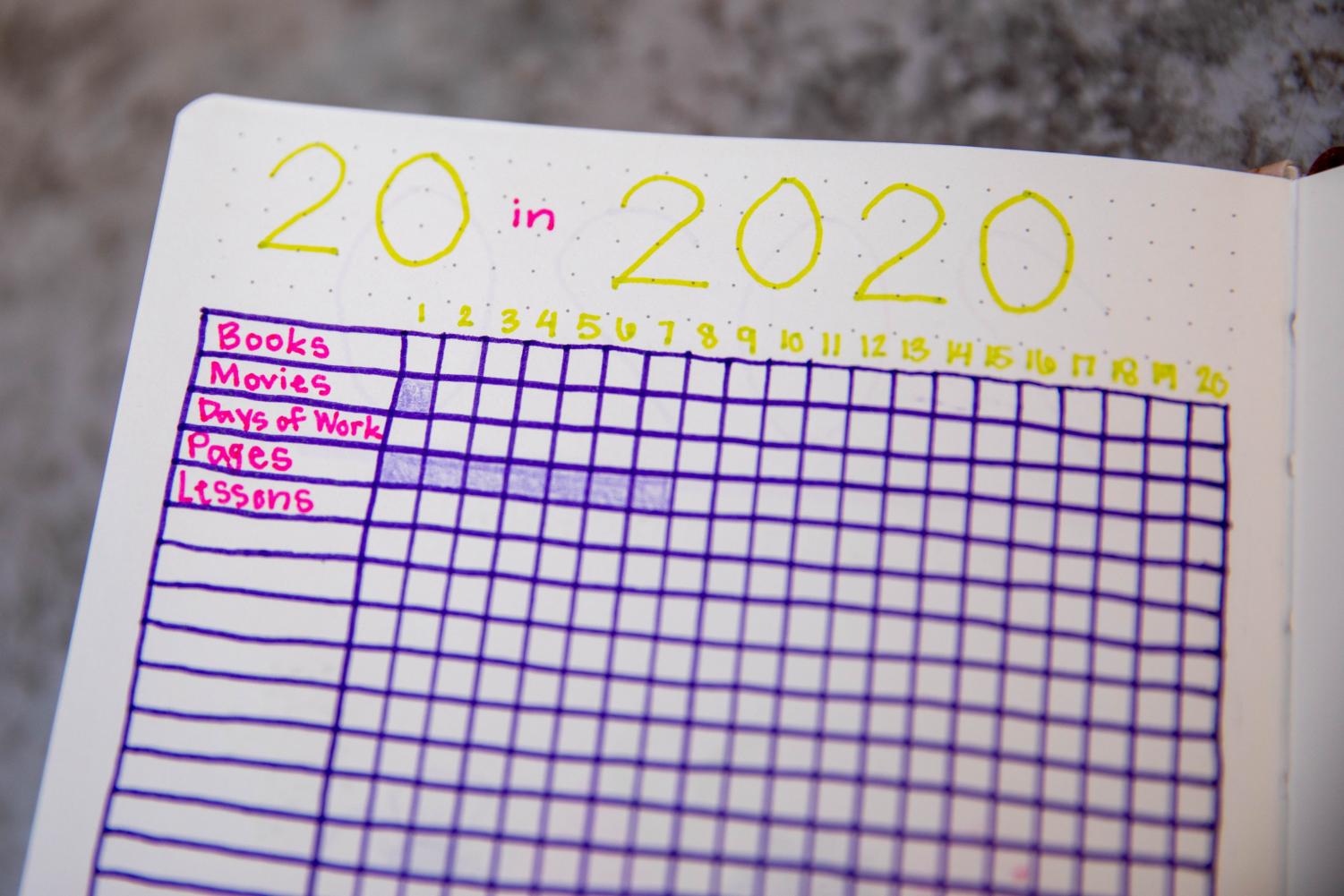
It’s February. We’re officially out of the “goals for 2020” trend, school is in full swing and is it just me, or are our New Year’s resolutions getting harder to stick to? Goals that seem to repeat themselves every year once again falter as time pushes me further from the “fresh start” of the decade.
As a desperate attempt to stop myself from consuming excessive Rand cookies, I turned to psychology in hopes of finding ways to induce successful change. I found some good and bad news. The bad news: New Year’s resolutions are difficult to keep. Nearly half of American adults set resolutions, yet most last one to two months and only 19 percent maintain their pledges for two years. The rest fall victim to false hope syndrome, which is attempting self-change frequently while having unrealistic expectations of those attempts. However, before you give up in despair, there is some good news; People who set New Year’s resolutions are ten times more likely to change their behavior to some extent. While these changes may not last, people’s desire to improve is something worth applauding.
Now, there are numerous articles out there with tips to stick to your New Year’s resolutions. We all know the importance of discipline, have probably tried setting SMART goals and declaring our resolutions to friends to help keep us accountable. While these methods may be somewhat effective, I’ve found a science-based solution: the Transtheoretical Model (TTM). This biopsychosocial model describes the necessary stages of change for new habits to stick.
In the first three stages, people start unmotivated but eventually plan to change in the immediate future. For those of us that have already set New Year’s resolutions, we are now in the third stage: we’re ready for change and have a plan of action. According to TTM, the one thing that can trigger the start of this change is to tip the decisional balance; we have to make the pros of change outweigh the cons. Therefore, to motivate ourselves to actually work on our New Year’s resolutions, we have to enhance our understanding of the advantages and diminish the value of potential drawbacks.
For example, let’s say your goal is to eat healthily again. Consider watching a documentary (recommendation: What the Health) to inform yourself about the benefits, so they outweigh the lost pleasure of eating sweets in your mind. Is your goal to save money? Persuade yourself with concrete reasons why your saving goal outweighs whatever sacrifice you’re making at the moment.
After initiating change, we enter the Action stage, where the model identifies ten change processes we can apply to change our behavior successfully. Most goal-achieving advice is derived from these processes, including getting public support (Social Liberation) and using rewards (Reinforcement Management). However, there are also some lesser-known methods. For example, the Self-Reevaluation process suggests that creating a vision board can paint a new self-image and therefore help induce change. The Dramatic Relief method encourages us to link strong emotions with the desired behavior, such as running when you’re sad, since it accelerates habit adaptation. Lastly, for people with low willpower like me, Counter-Conditioning recommends finding substitutions for the pleasures you’re sacrificing. Replacing Rand cookies with healthy snacks is more tolerable than quitting snacking altogether.
In the last stage— the Maintenance stage—we work on preventing relapse. This stage can last from six months to five years. Self-efficacy, the confidence we need to maintain our new behaviors, is key during this long period. In other words, maintaining change is all about using in your willpower! Once we’ve passed this stage, we’ve not only achieved our New Year’s resolution but also changed our lifestyle, which is the ultimate goal.
The TTM model offers a lot of insight into how we can stick to our New Year’s resolutions and finally induce desired changes in our lives. However, not even the best psychological model can actually change our lives if we do not take action. So, why not start fresh again? Tomorrow can be your day one!





